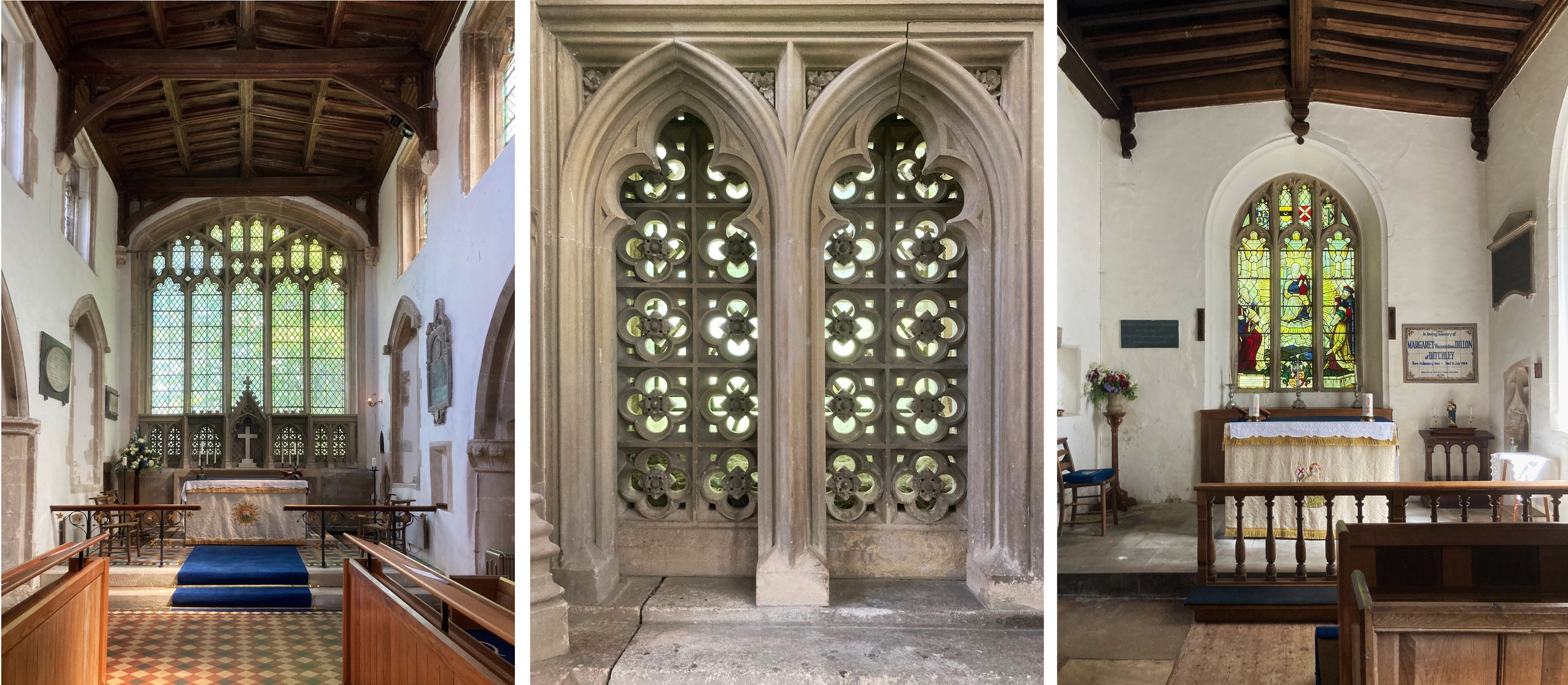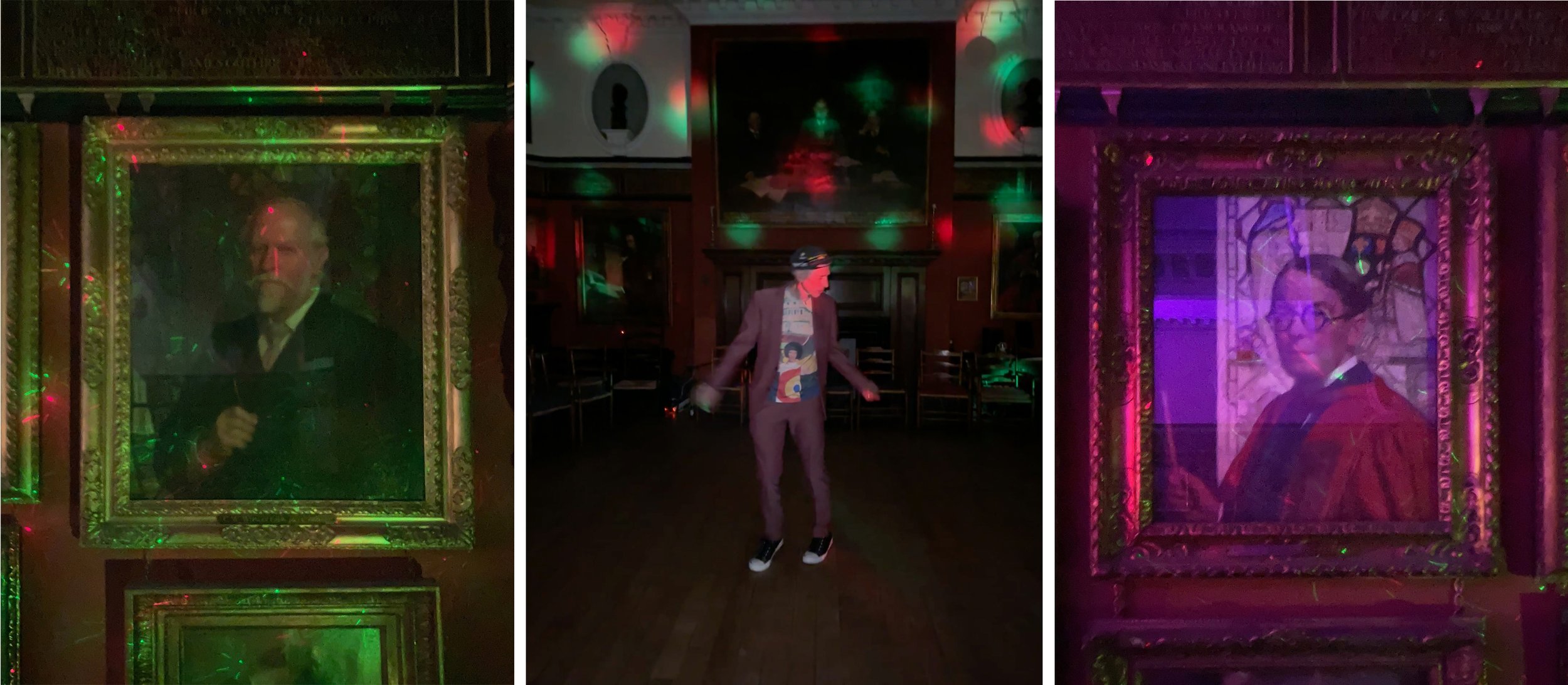I planned a project for Arts Together, a charity that brings together professional artists and older people for weekly art workshops across Wiltshire. The focus was on glass painting and the aim was for each person to have their own stained glass panel at the end without them having to do any glass cutting, leading or soldering for which you need more than the average older person’s strength.
Twelve completed stained glass panels by members of the Pewsey group run by Arts Together.
As you can see from the completed panels (above), they turned out to be varied and original, reflecting the preferences and interests of each member. In week one participants removed the paint, scraffito style, with sticks, brushes and cotton buds and no real idea how the glass would look after firing, even more so in week two when they added enamels that become transparent when fired. This made the work experimental as did the fact that this was a new project and I had no examples to show, therefore nothing for people to copy - I love it when people draw from something in their head rather than from something on their phone.
The stages over the five week period are shown in the photos below.
Week one: scraffito on pieces of glass covered with black iron oxide paint. Carol, Norman, Liz.
Weeks two & three: add enamel paint, start painting borders. Centre shows glass before firing in my kiln. Cis, Janet.
Weeks three & four: (above and below) paint borders, choose coloured glass to add in. Vanessa, Helena, Helena.
Between weeks four & five I leaded and soldered each panel. Derek, Ruth, Ruth.
Week five: (no pictures as we were too busy) cementing.



























